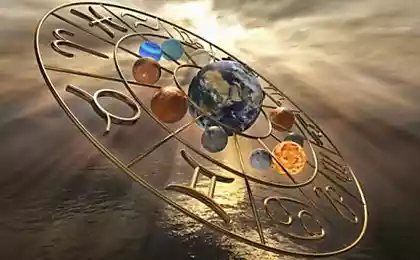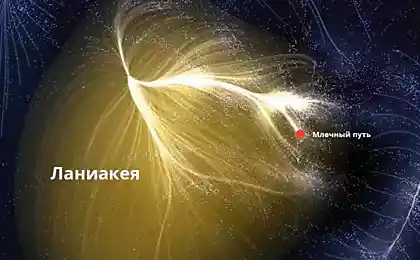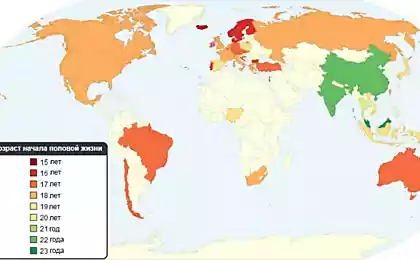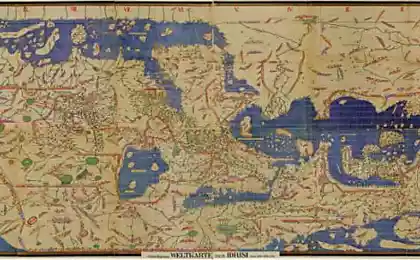553
Astronomical program determined what time of year 2,500 years ago written a poem of Sappho
Physicists have got to love poetry - and used his software tools

Sappho (about 630 BC - 570 BC) - a legendary ancient Greek poet, known for his love lyrics. Her poems and hymns performed at weddings, feasts and festivals FIAS, a closed religious community of girls and women. Sappho herself led one such FIAS dedicated to the goddess Artemis and Aphrodite.
Sappho is so revered by his contemporaries and descendants, that statues and pictures with her image created in ancient Rome centuries later. Unfortunately, we know almost nothing about the biography of this talented woman, except that she was born on the island of Lesbos, wrote about love and passion, and was "fialkokudroy, sladkoulybayuscheysya, net", in the words of her friend the poet Alcaeus.
< br> Seven Sappho poetry volumes stored in the famous Library of Alexandria, but with other masterpieces of world culture and knowledge were destroyed by fire, and then the Christians within the religious struggle against paganism. only a few fragments have survived to the present day. One of them - a personal poem to the unknown lover or mistress, imbued with a sense of loneliness. It contains lines that are interesting from the point of view of astronomy.
Luna came. Pleiades disappeared,
It's the middle of the night,
Time passes, -
And I'm alone in bed.
Researchers have always wondered this poem because it contains very specific references to astronomical object the Pleiades - the M45 star cluster, named in honor of the seven sisters, the daughters of titanium Atlanta.
Pleiades, or Atlantis (paternal) were nymphs of Artemis and escort while in the constellation Taurus, were well-known contemporaries of Sappho, and throughout the ancient world.
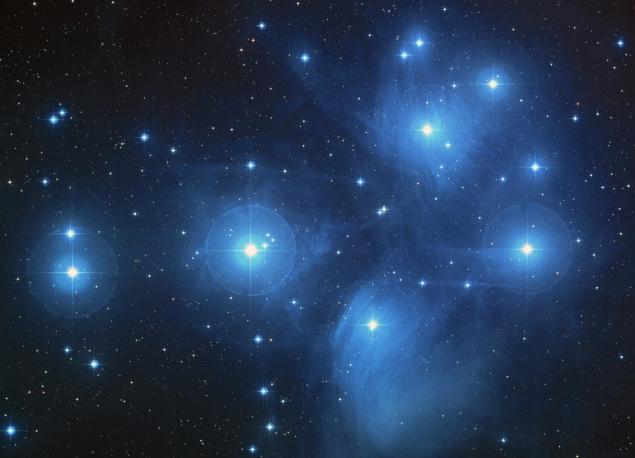
Pleiades, as seen through a telescope at Palomar Observatory, 2004
A group of physicists from the University of Texas in Arrington, together with the astronomer from the National Research Institute for Astronomy in Thailand set a task to calculate what time of year, the moon and the Pleiades come before midnight. They used software Starry Night, through which astronomers make up the star map in any time and place. It took 570 BC For the experiment - The year of the death of Sappho
. Researchers also visited a university planetarium to recreate a map of the starry sky and determine what part is visible from the bed in the room of Sappho.
Previously it was assumed that the poem was written in the late winter or early spring - the usual time for love poetry. The aim of the study was to test this theory using modern software.
Program calibrated to display the starry sky above Mytilene (Lesbos largest city) in 570 BC - And we found that the researchers speculate true. Definitely, the poem was written between 25 January and 31 March.
The opening can not be called very important for human civilization, but it is a good example of how science can help even fellow humanists. A kind of creative symbiosis of physicists and poets.
The scientific results are published in the journal Journal of Astronomical History and Heritage.
Source: geektimes.ru/post/275824/

Sappho (about 630 BC - 570 BC) - a legendary ancient Greek poet, known for his love lyrics. Her poems and hymns performed at weddings, feasts and festivals FIAS, a closed religious community of girls and women. Sappho herself led one such FIAS dedicated to the goddess Artemis and Aphrodite.
Sappho is so revered by his contemporaries and descendants, that statues and pictures with her image created in ancient Rome centuries later. Unfortunately, we know almost nothing about the biography of this talented woman, except that she was born on the island of Lesbos, wrote about love and passion, and was "fialkokudroy, sladkoulybayuscheysya, net", in the words of her friend the poet Alcaeus.
< br> Seven Sappho poetry volumes stored in the famous Library of Alexandria, but with other masterpieces of world culture and knowledge were destroyed by fire, and then the Christians within the religious struggle against paganism. only a few fragments have survived to the present day. One of them - a personal poem to the unknown lover or mistress, imbued with a sense of loneliness. It contains lines that are interesting from the point of view of astronomy.
Luna came. Pleiades disappeared,
It's the middle of the night,
Time passes, -
And I'm alone in bed.
Researchers have always wondered this poem because it contains very specific references to astronomical object the Pleiades - the M45 star cluster, named in honor of the seven sisters, the daughters of titanium Atlanta.
Pleiades, or Atlantis (paternal) were nymphs of Artemis and escort while in the constellation Taurus, were well-known contemporaries of Sappho, and throughout the ancient world.

Pleiades, as seen through a telescope at Palomar Observatory, 2004
A group of physicists from the University of Texas in Arrington, together with the astronomer from the National Research Institute for Astronomy in Thailand set a task to calculate what time of year, the moon and the Pleiades come before midnight. They used software Starry Night, through which astronomers make up the star map in any time and place. It took 570 BC For the experiment - The year of the death of Sappho
. Researchers also visited a university planetarium to recreate a map of the starry sky and determine what part is visible from the bed in the room of Sappho.
Previously it was assumed that the poem was written in the late winter or early spring - the usual time for love poetry. The aim of the study was to test this theory using modern software.
Program calibrated to display the starry sky above Mytilene (Lesbos largest city) in 570 BC - And we found that the researchers speculate true. Definitely, the poem was written between 25 January and 31 March.
The opening can not be called very important for human civilization, but it is a good example of how science can help even fellow humanists. A kind of creative symbiosis of physicists and poets.
The scientific results are published in the journal Journal of Astronomical History and Heritage.
Source: geektimes.ru/post/275824/
Hot sports devchoki
SpaceX showed its hangar for storage space returned from the Falcon 9 rocket stages
